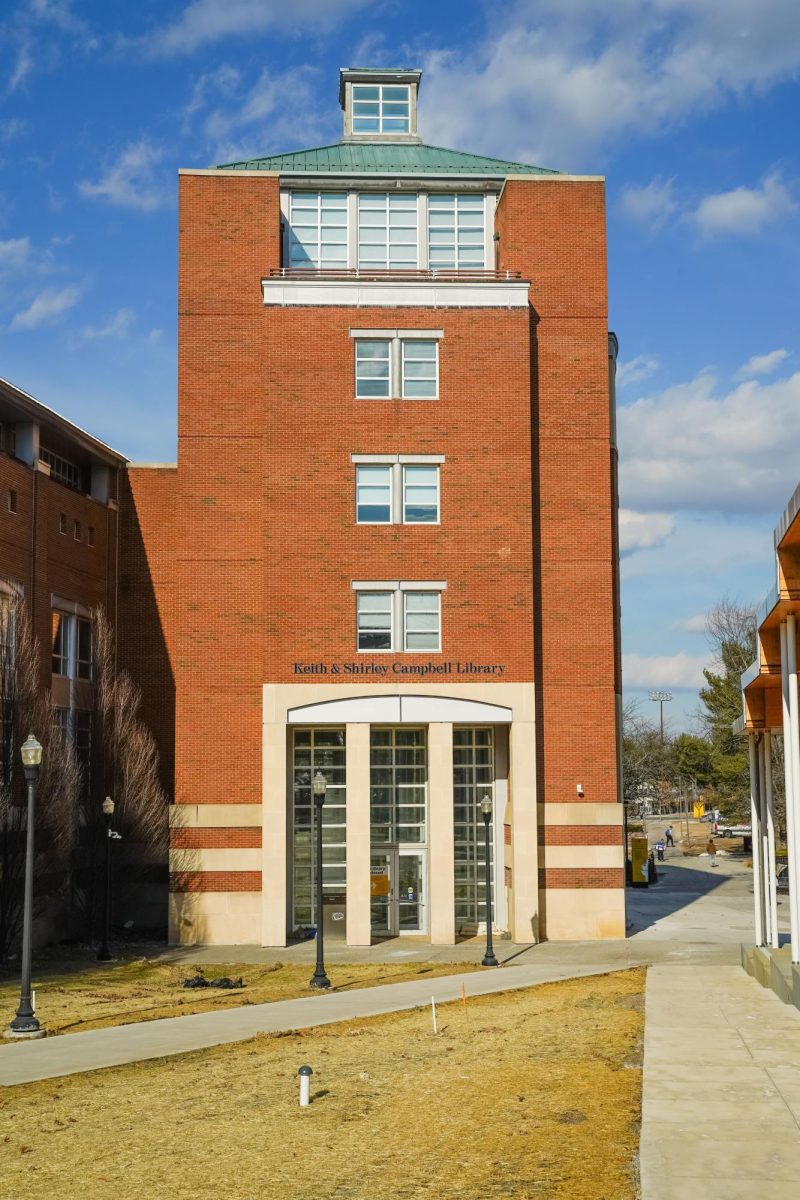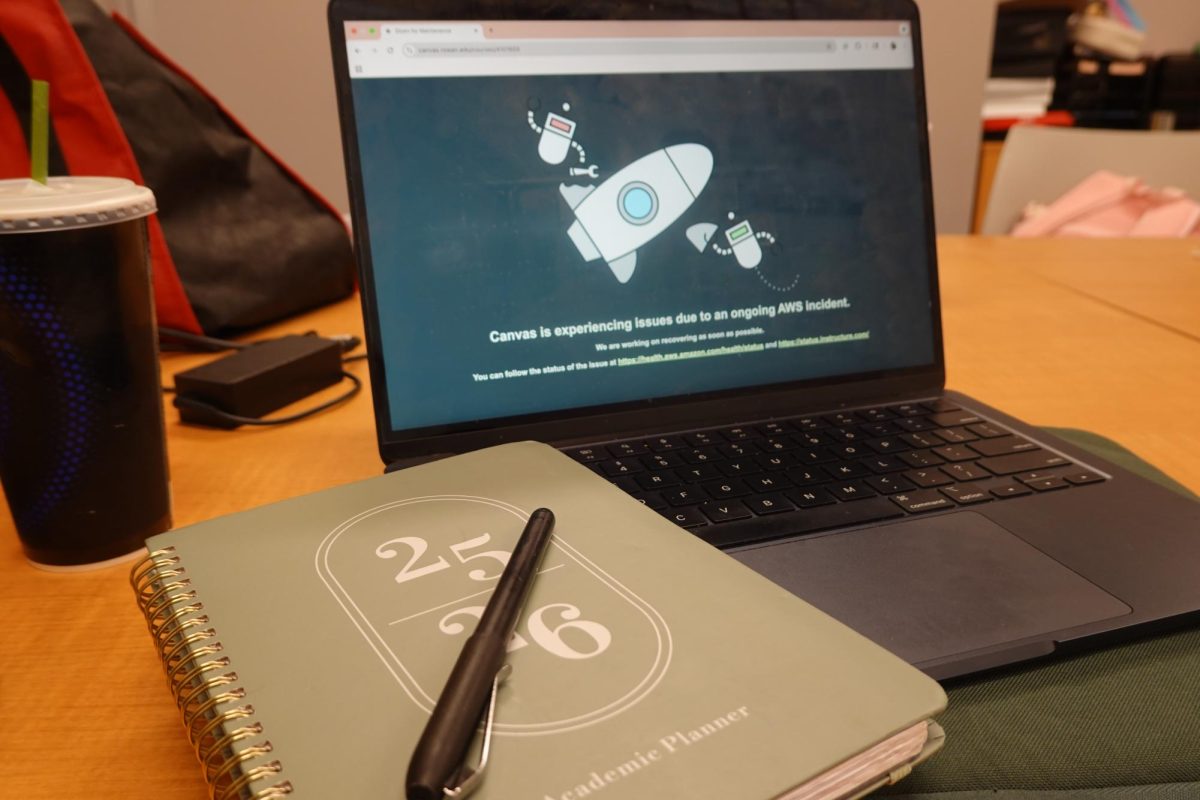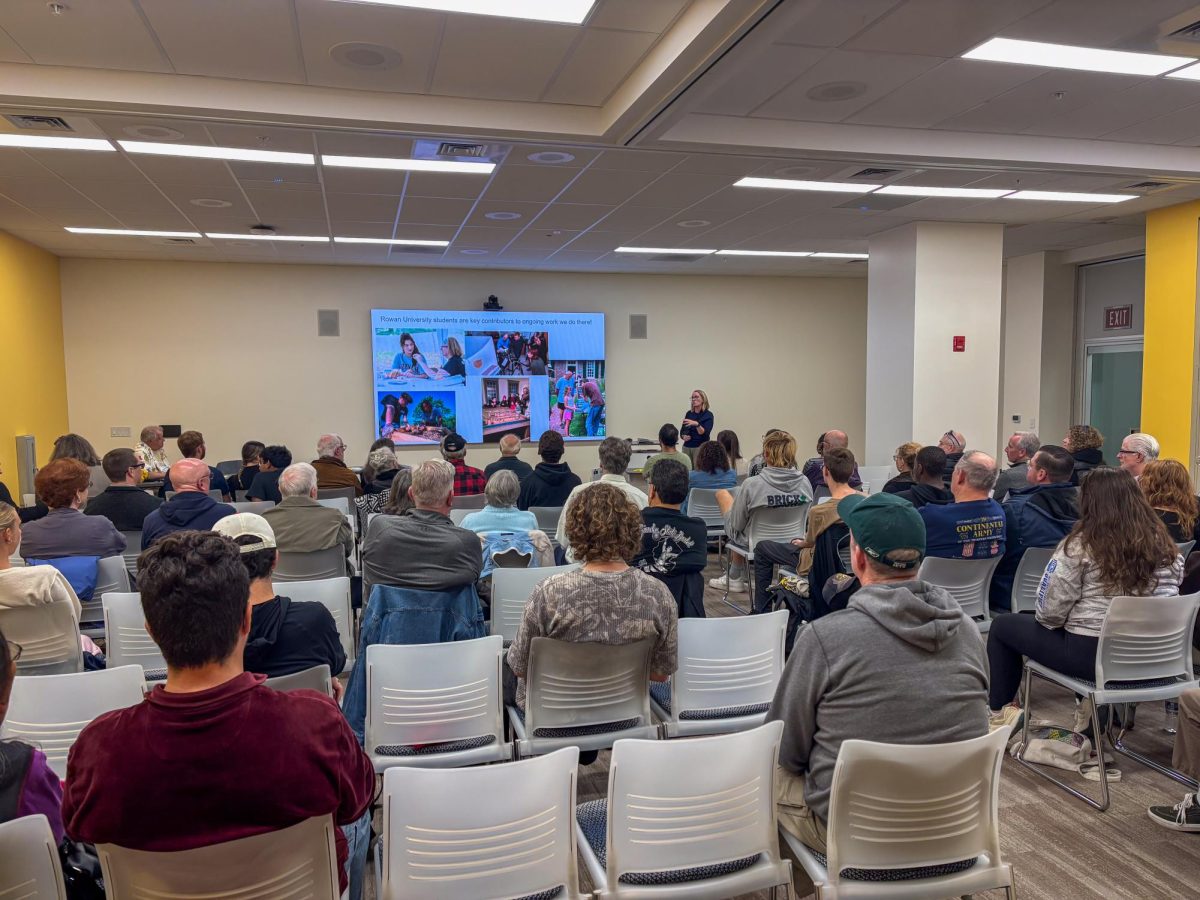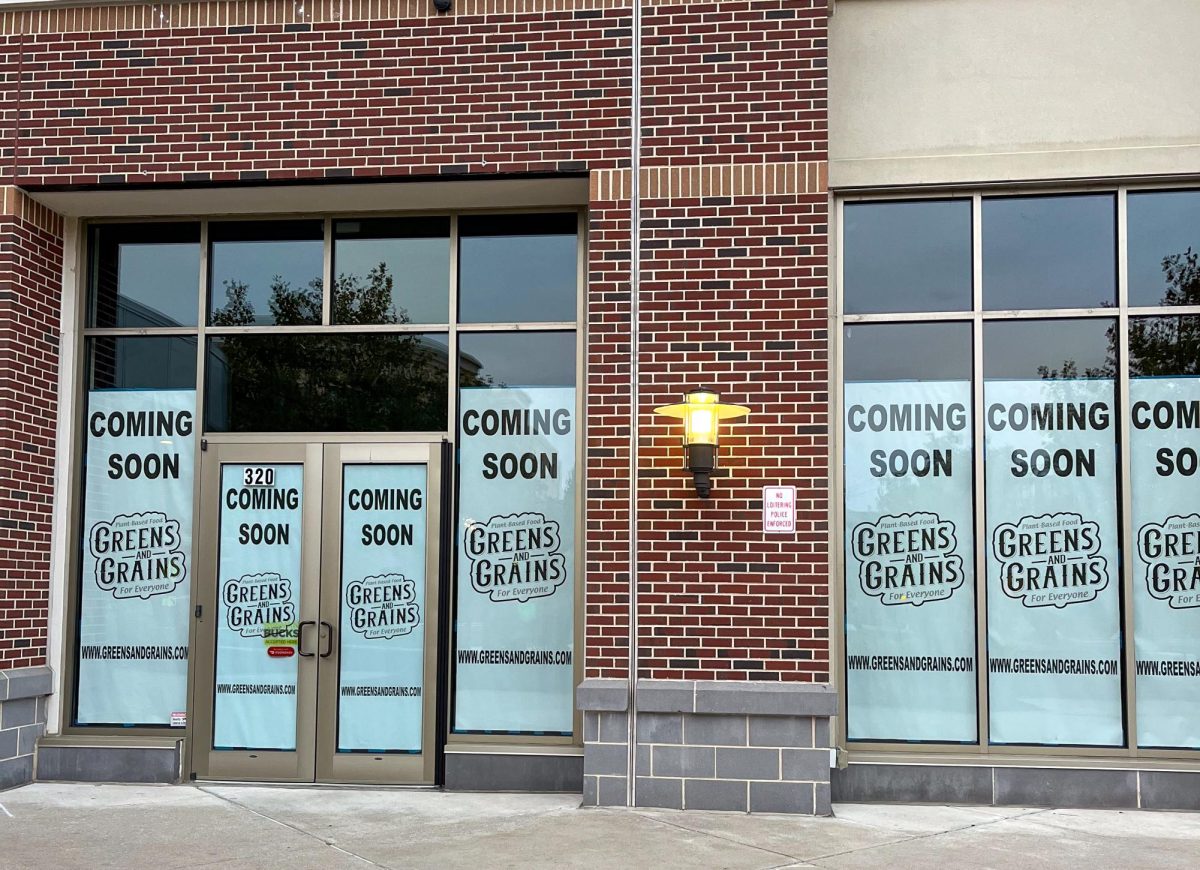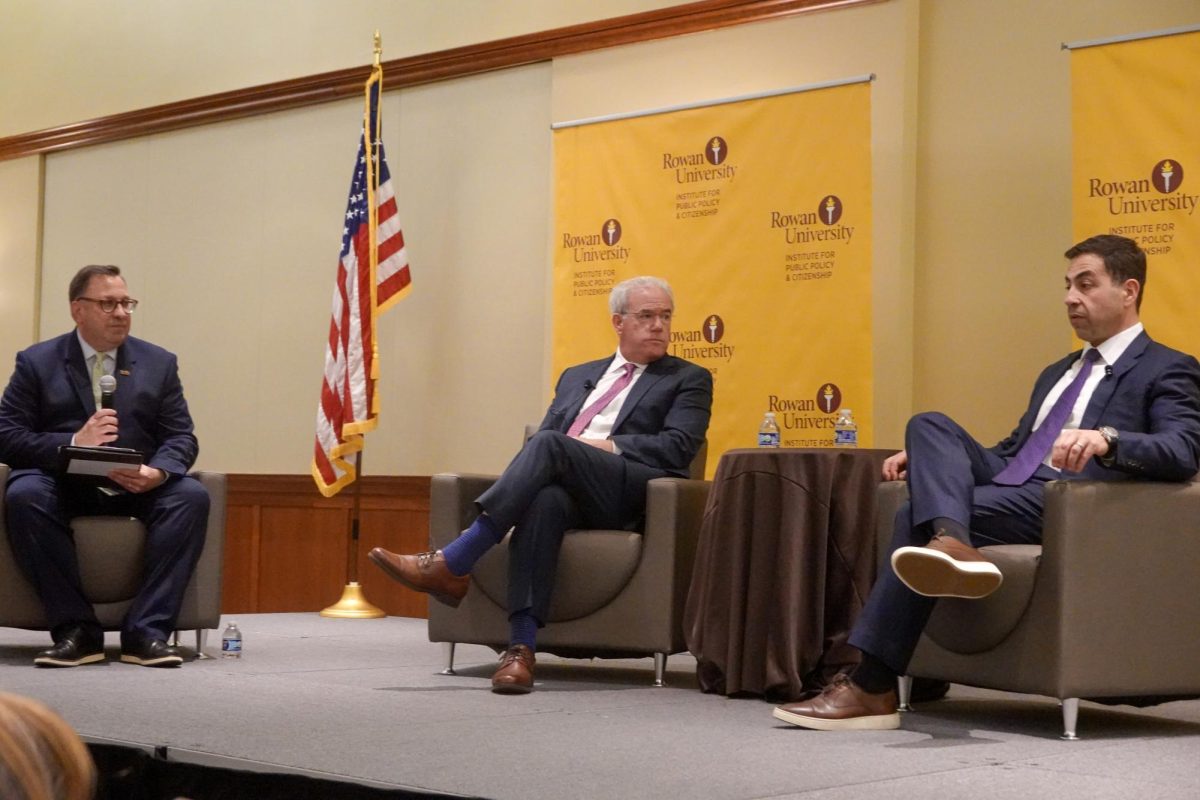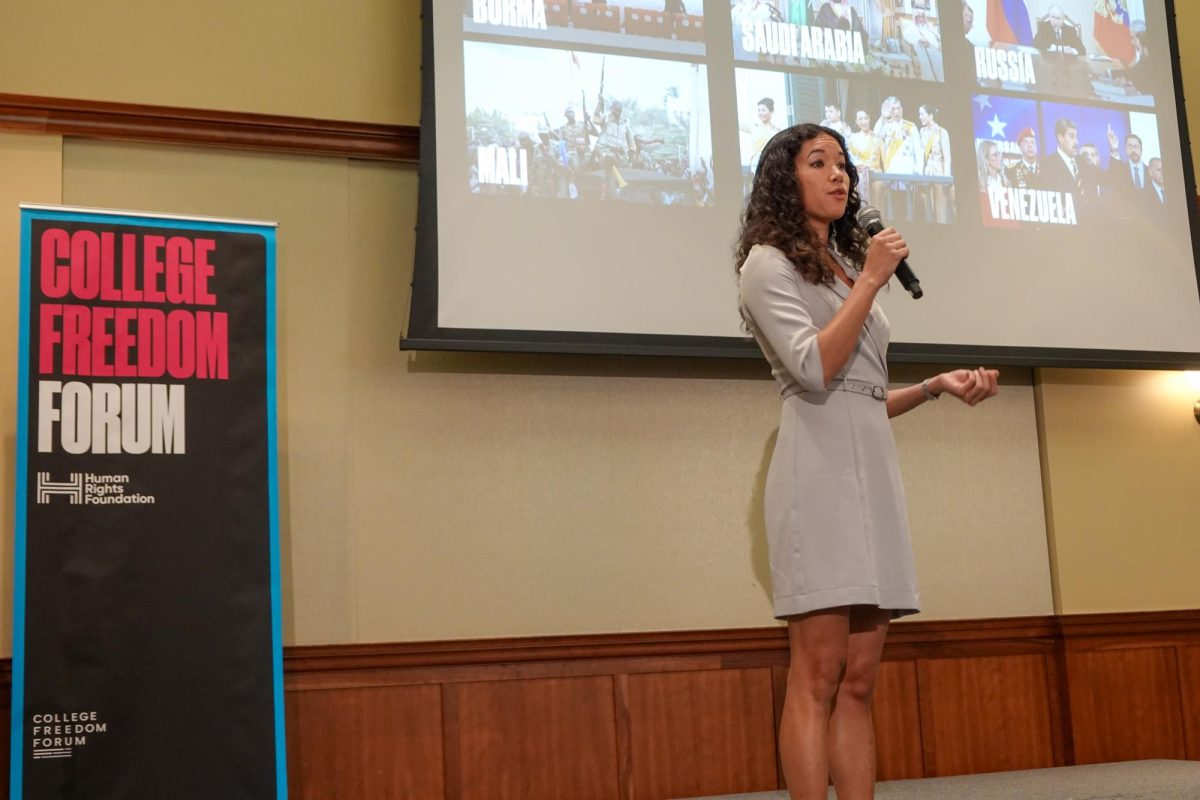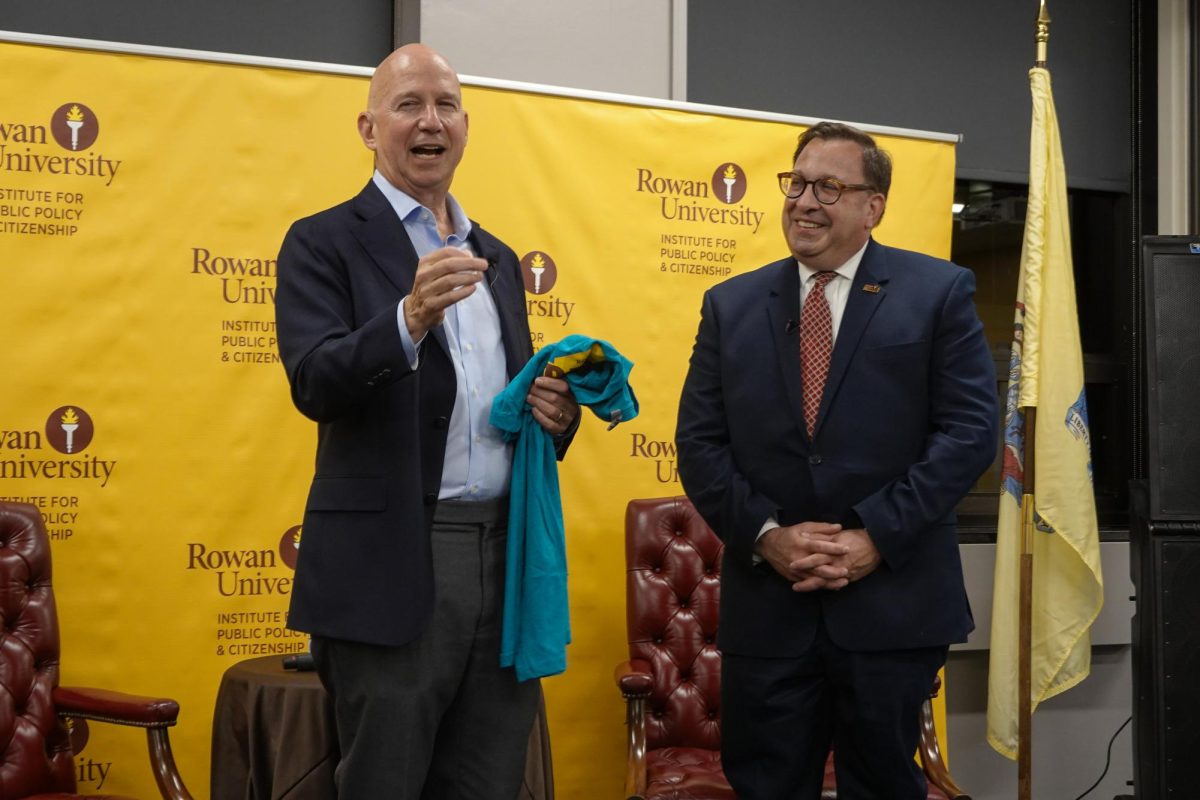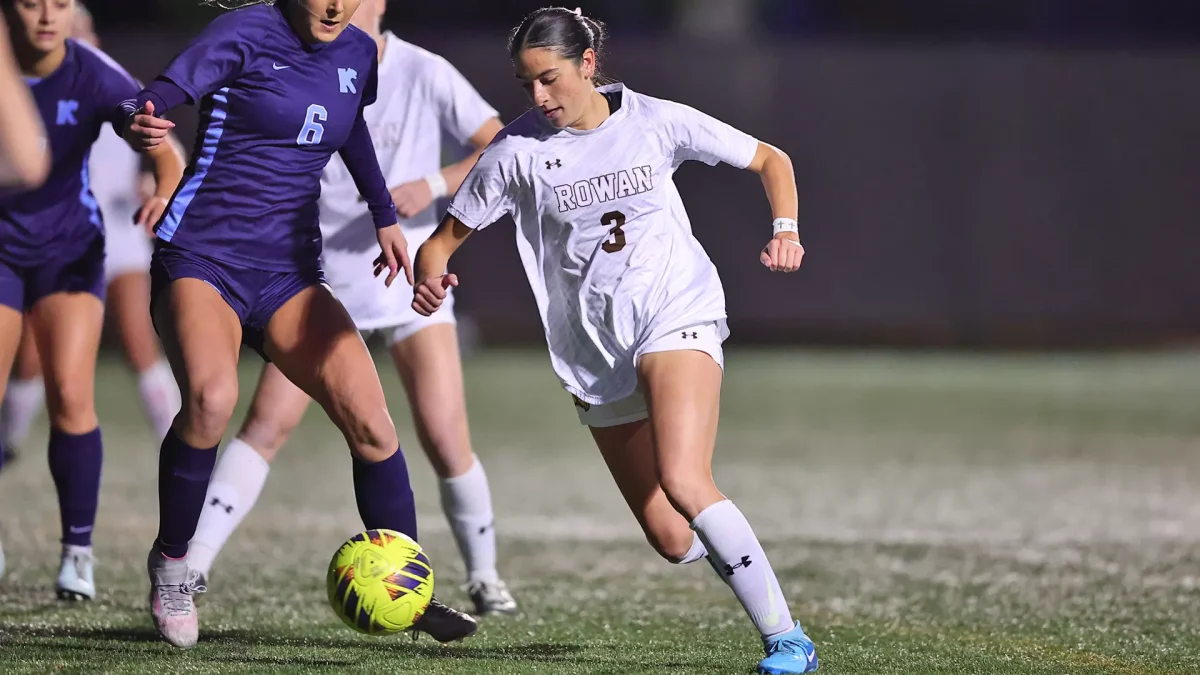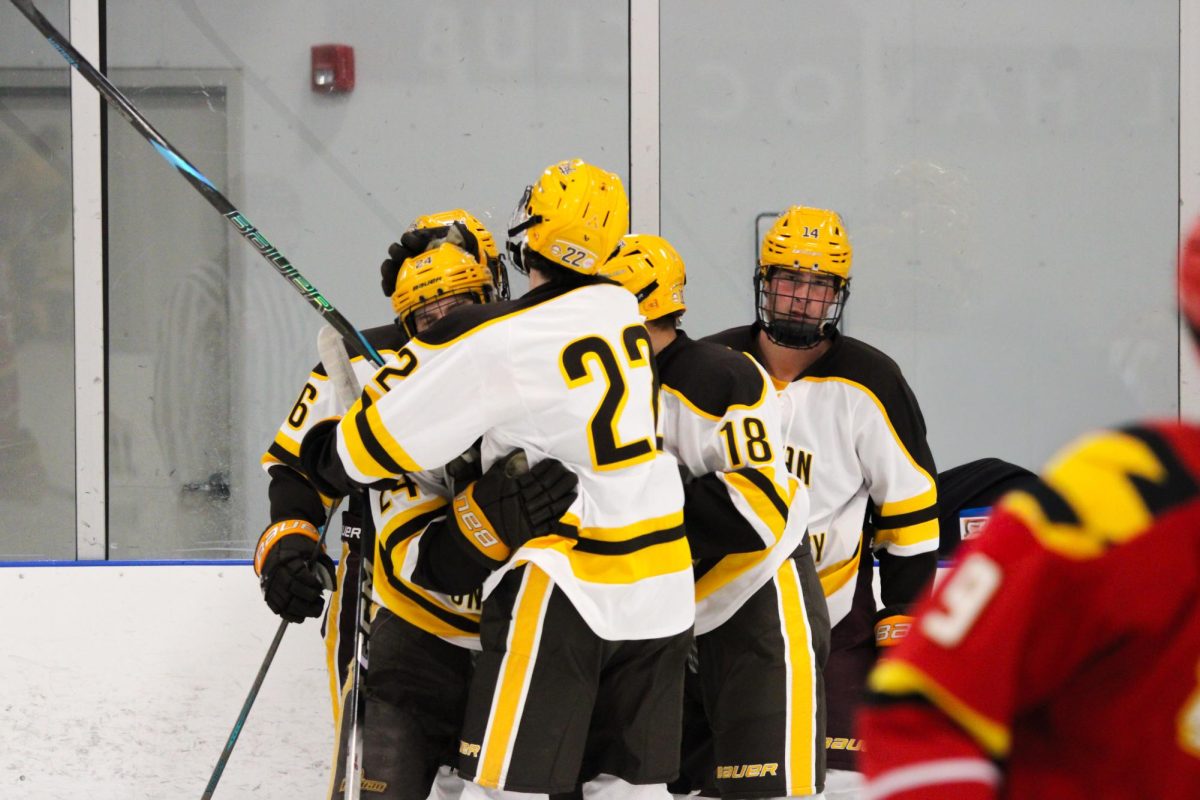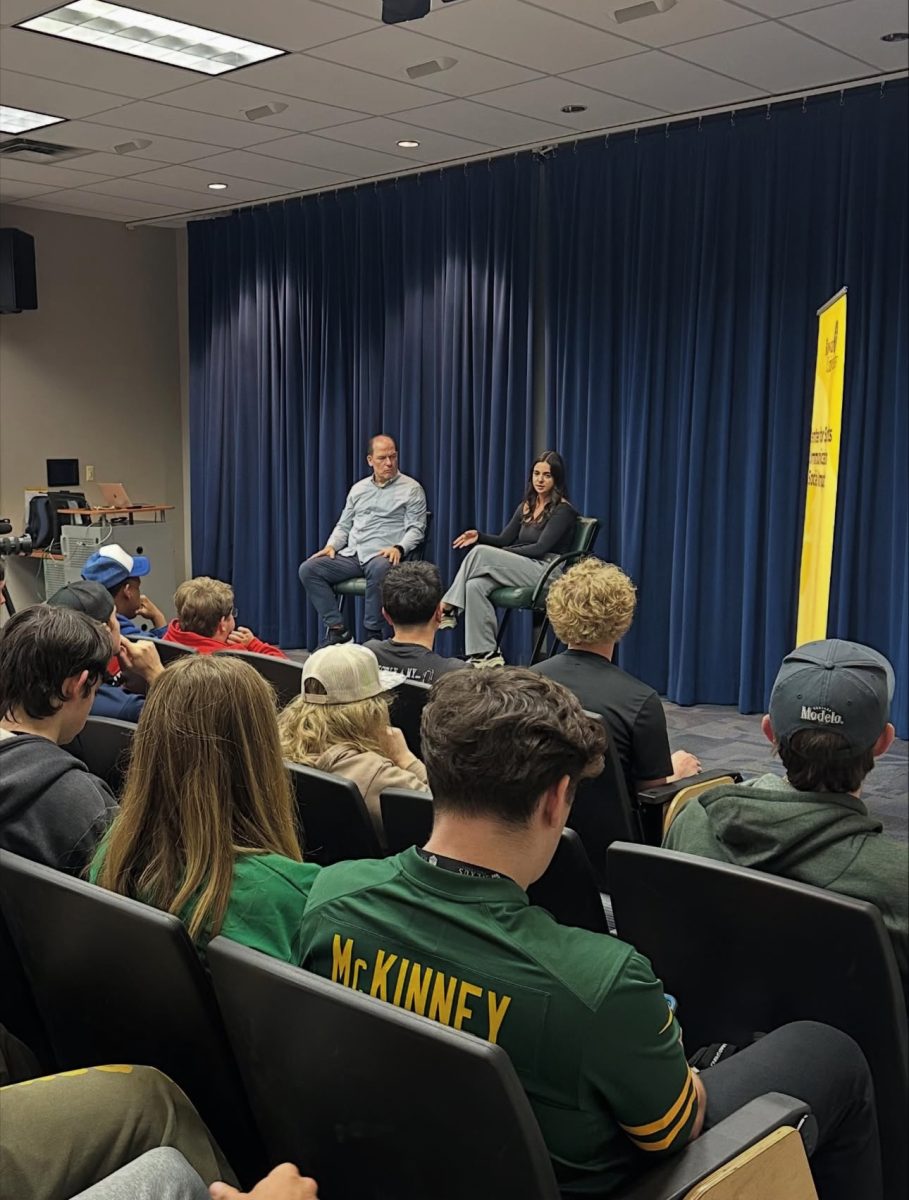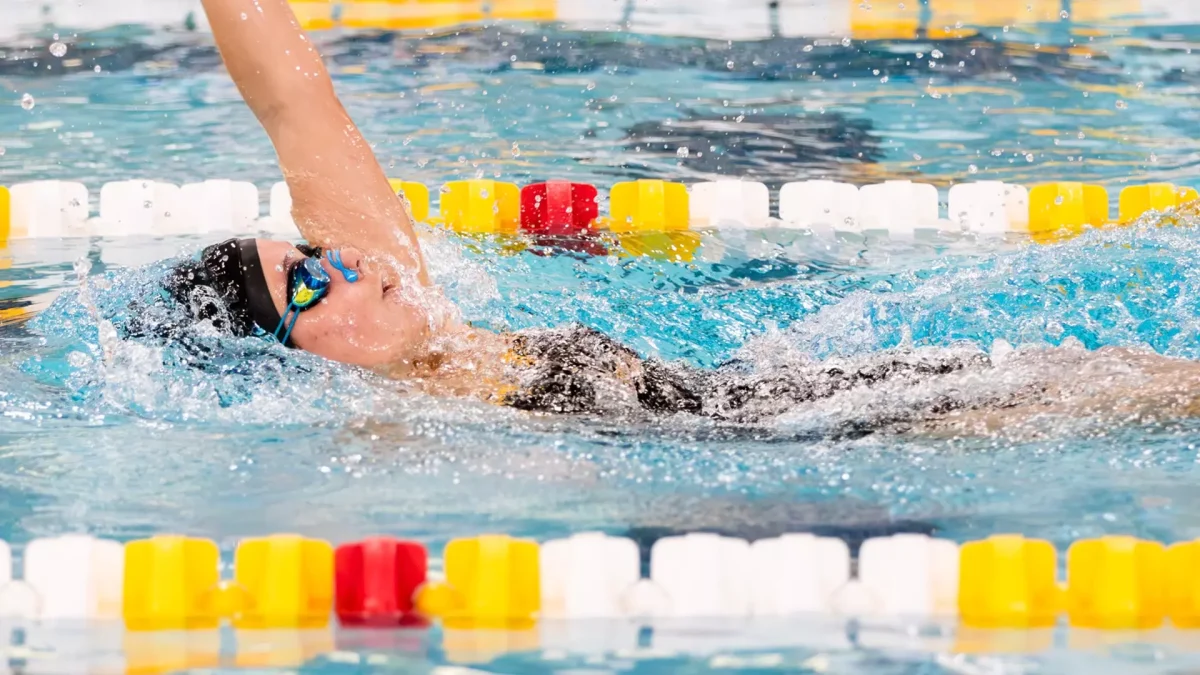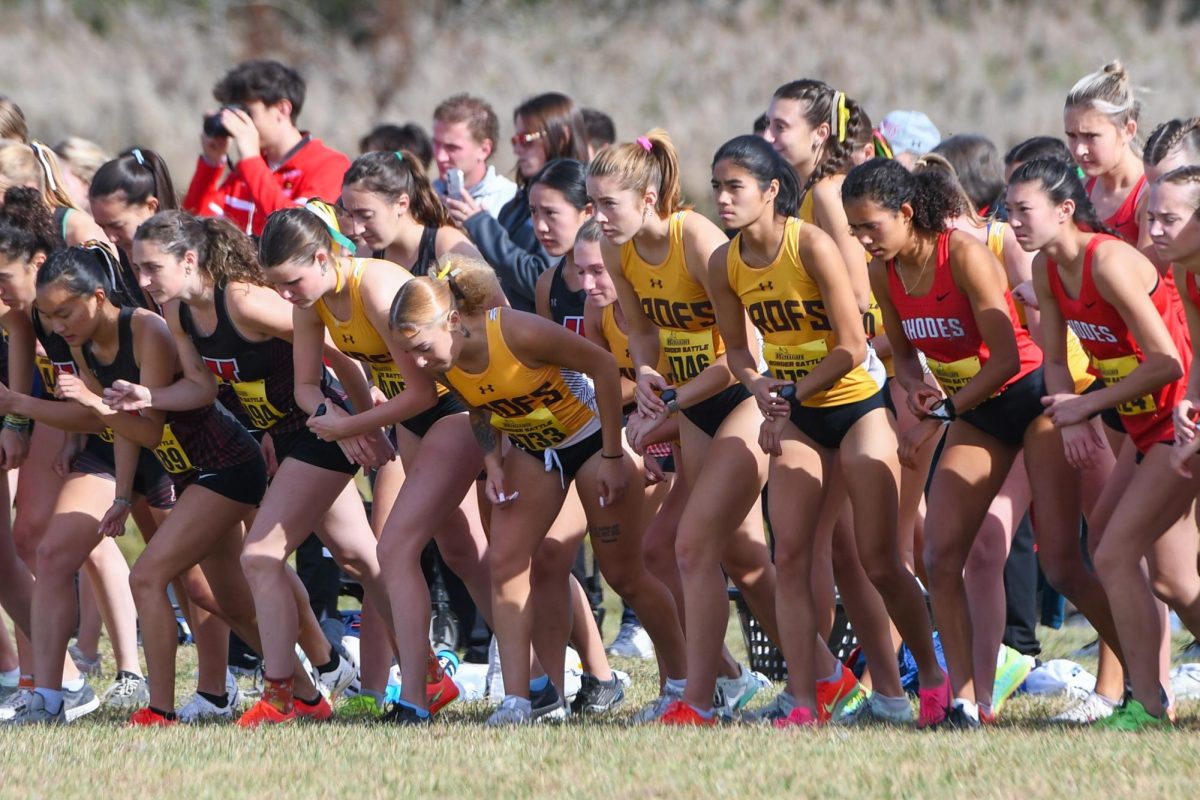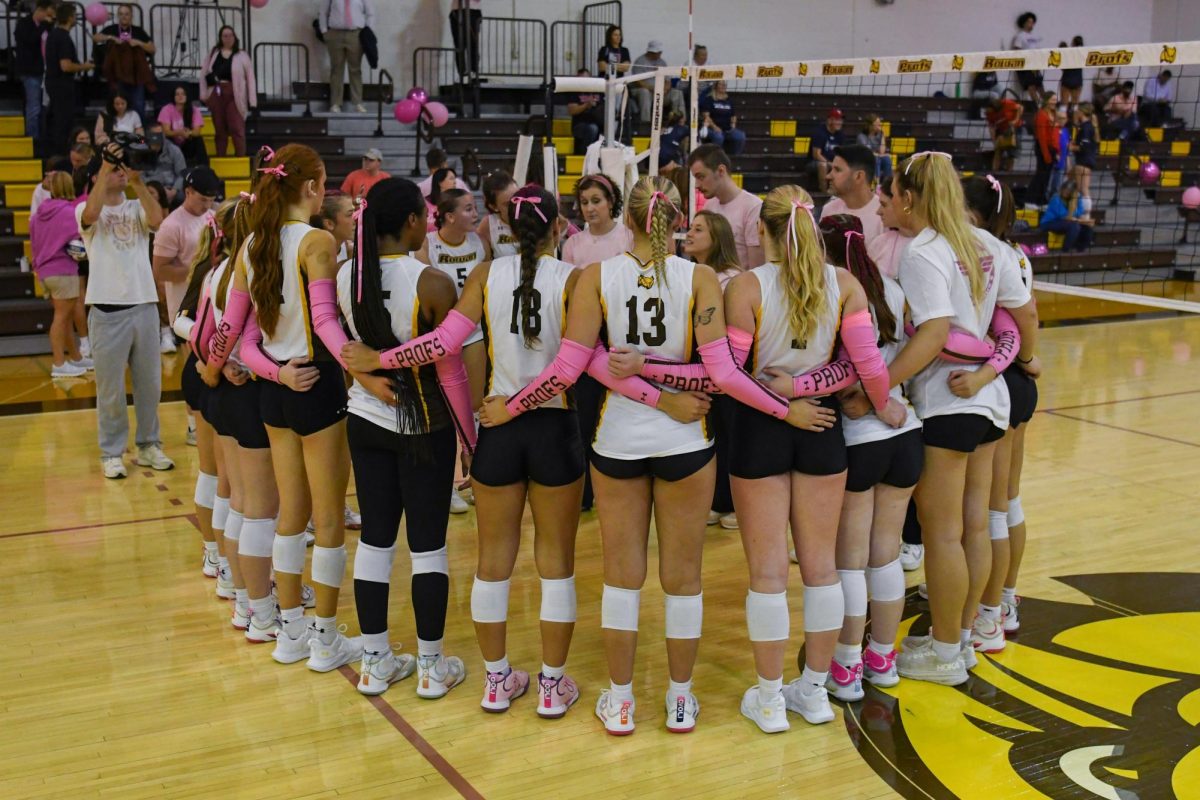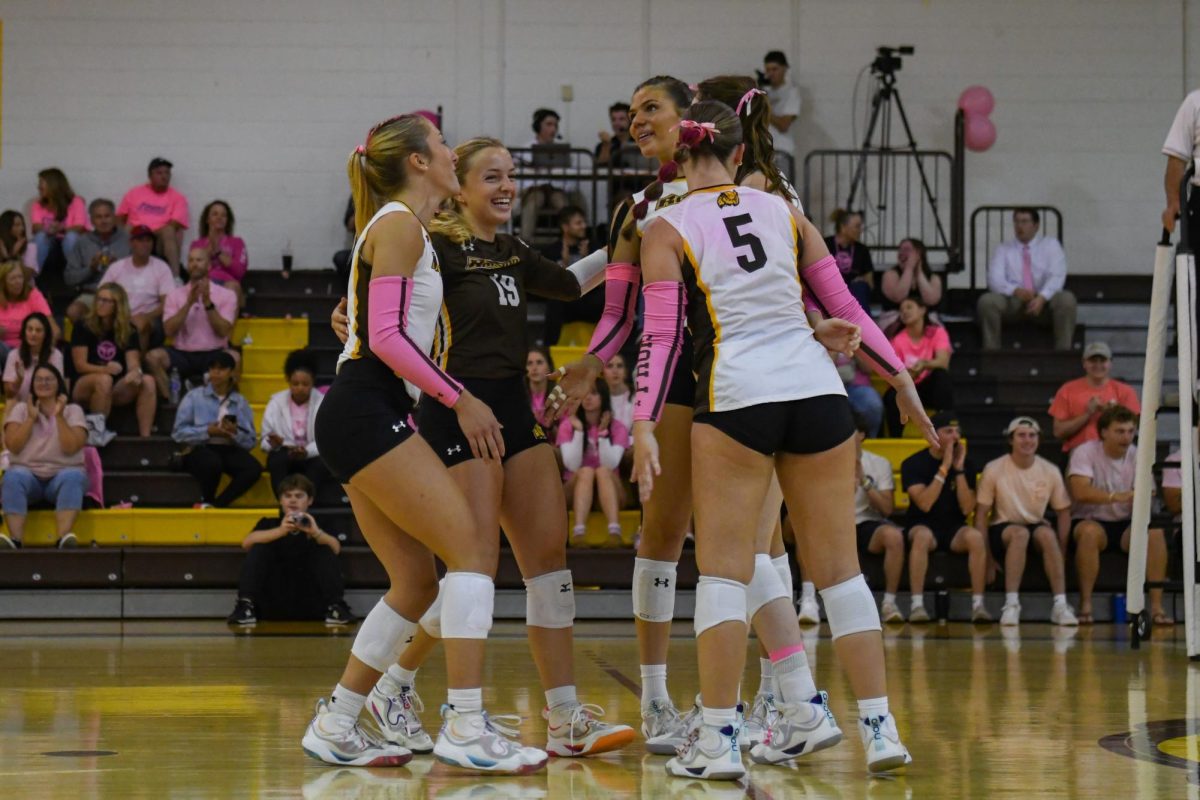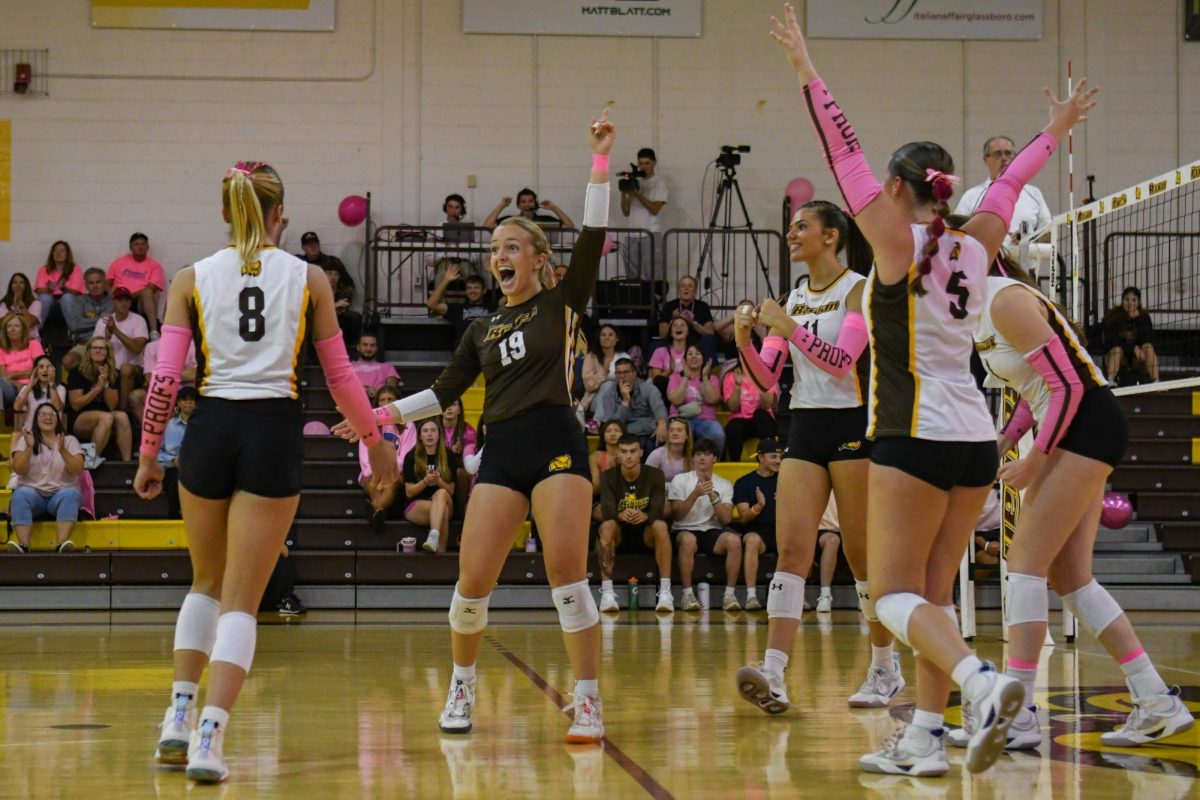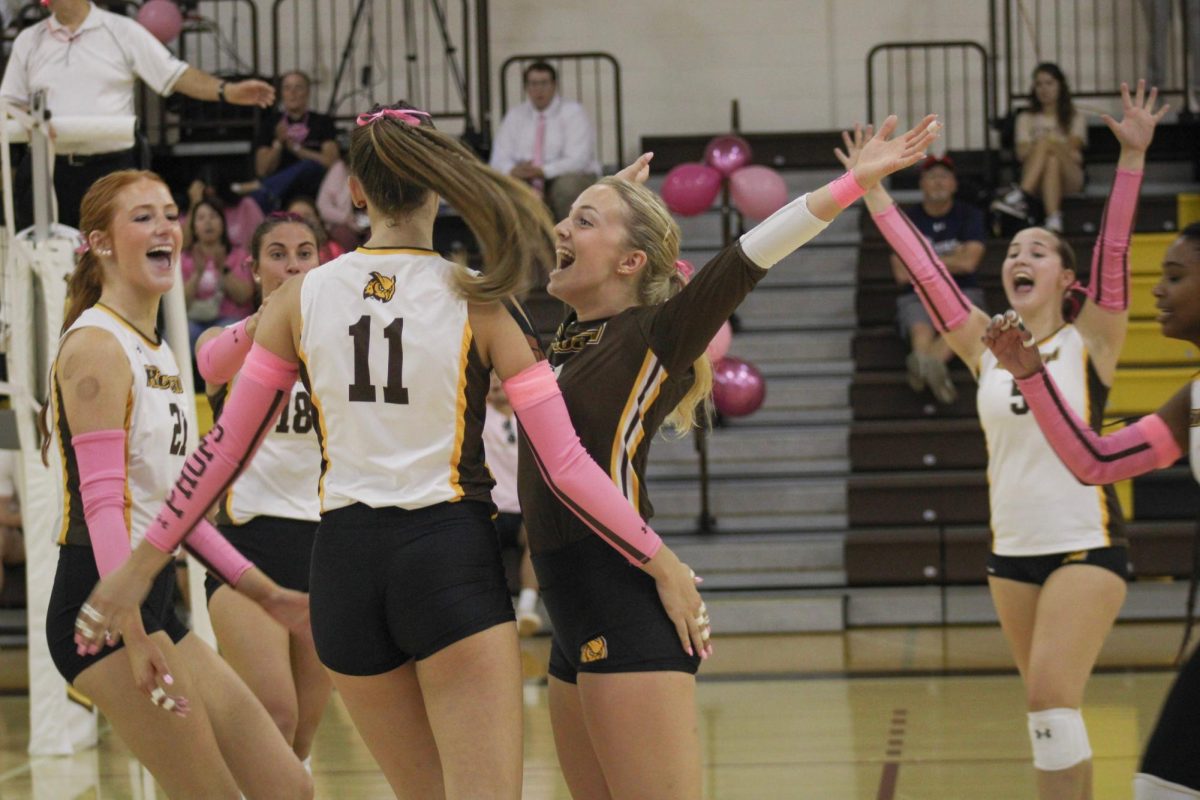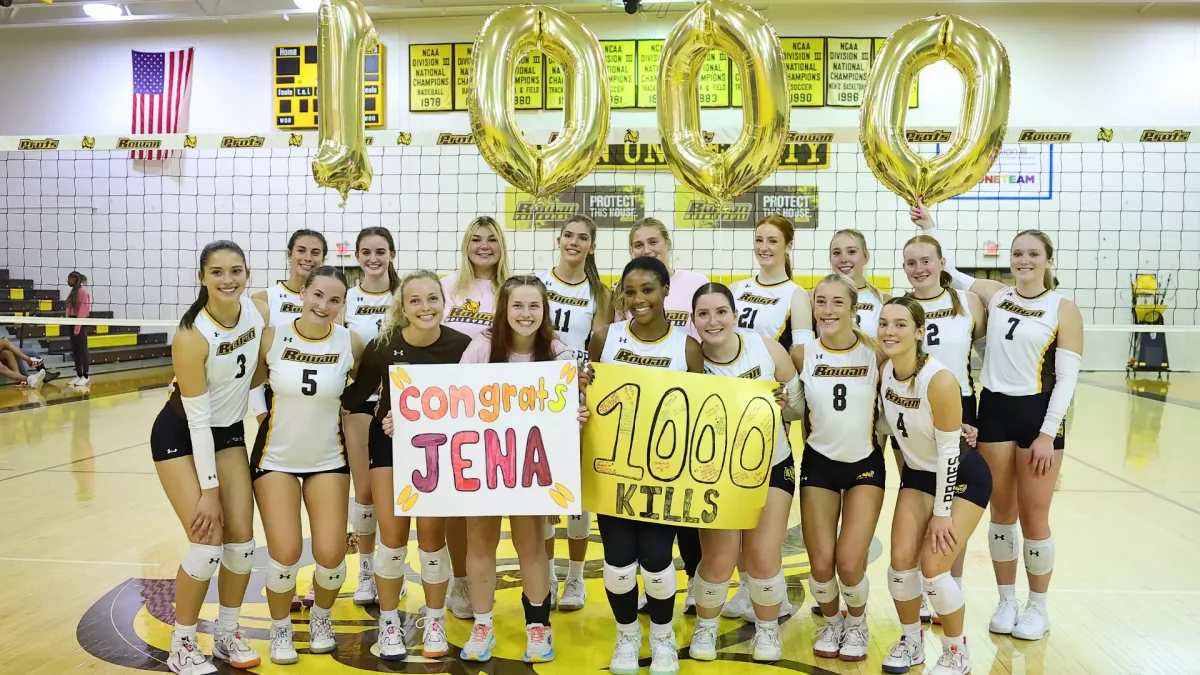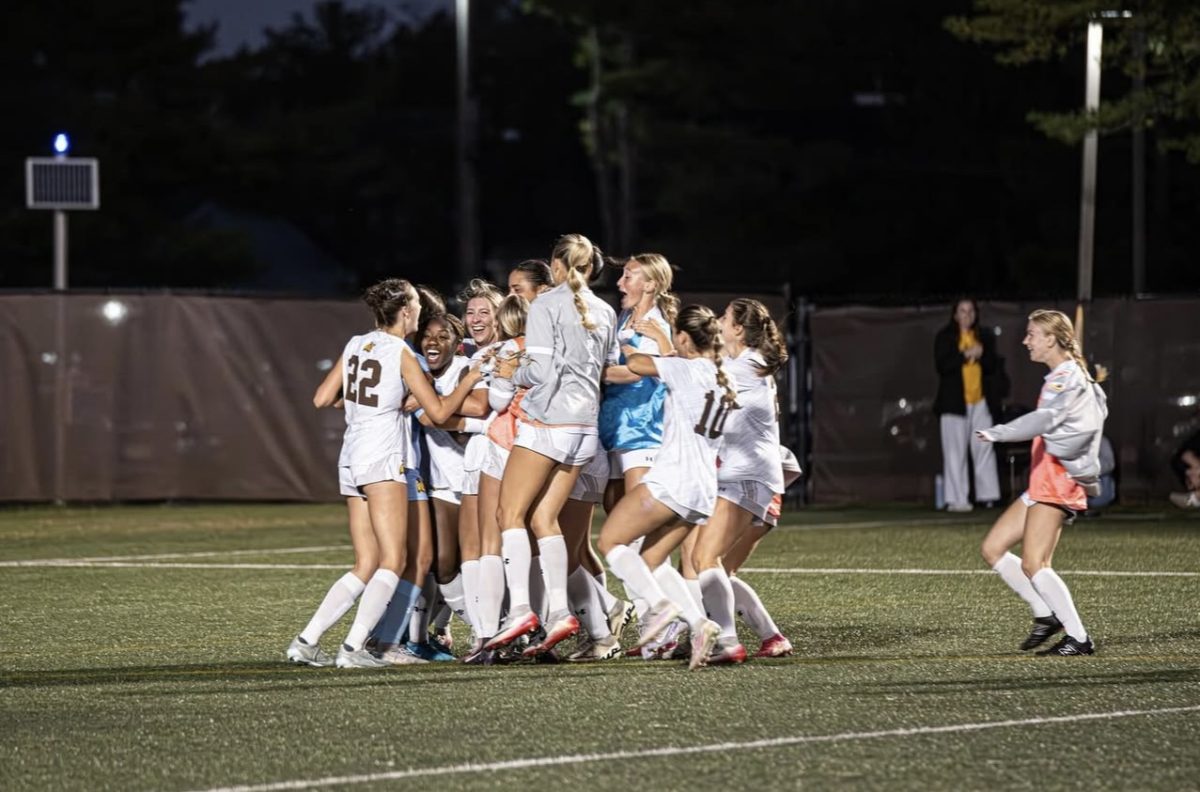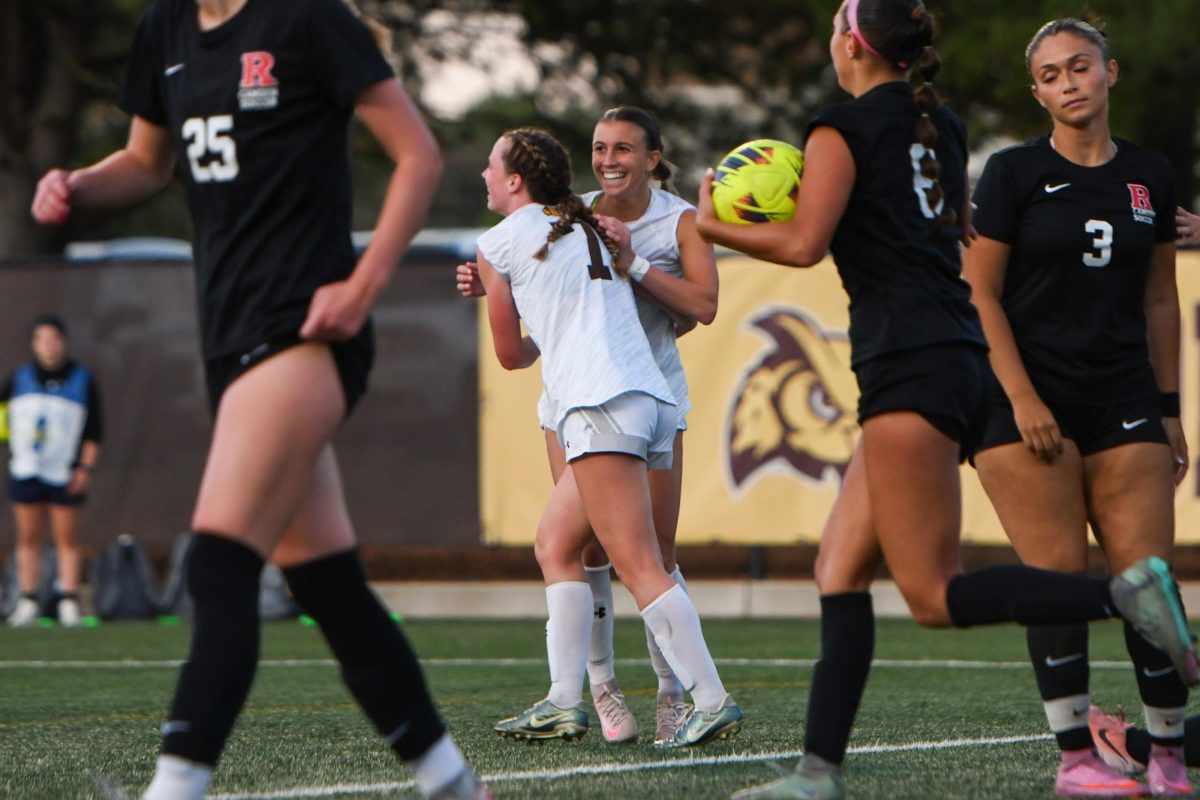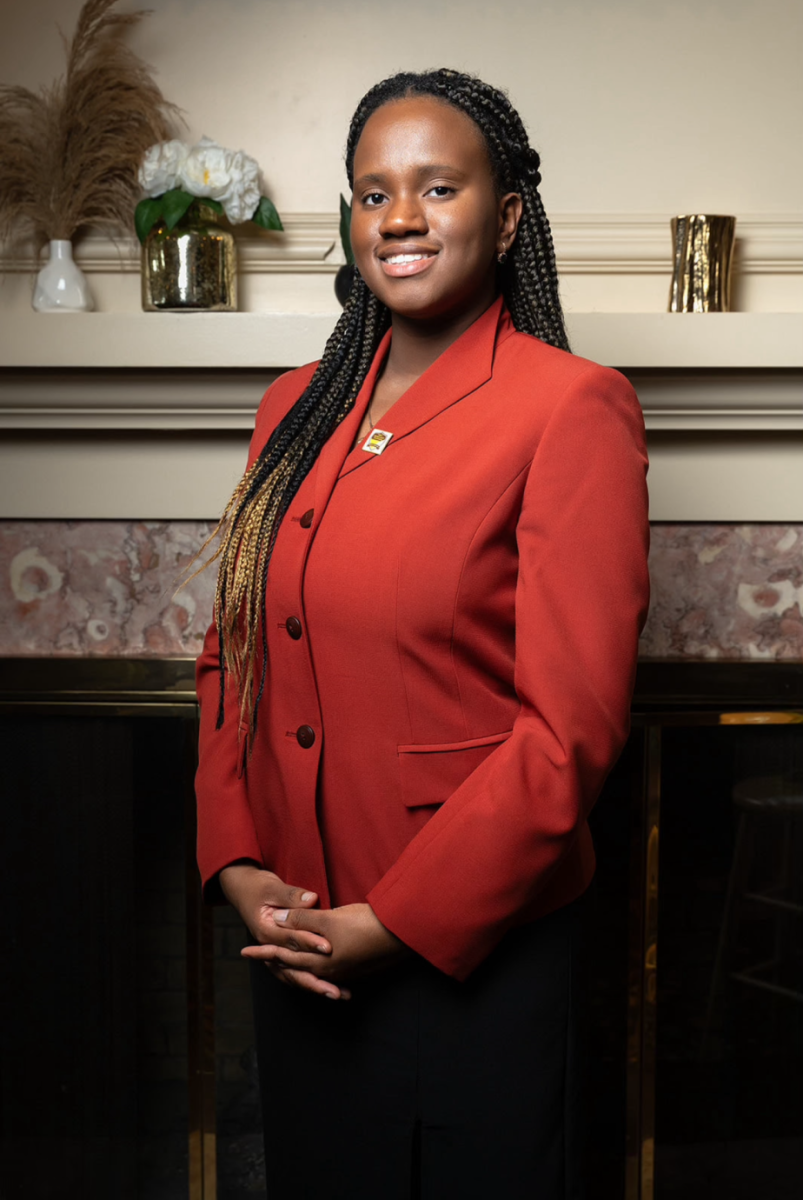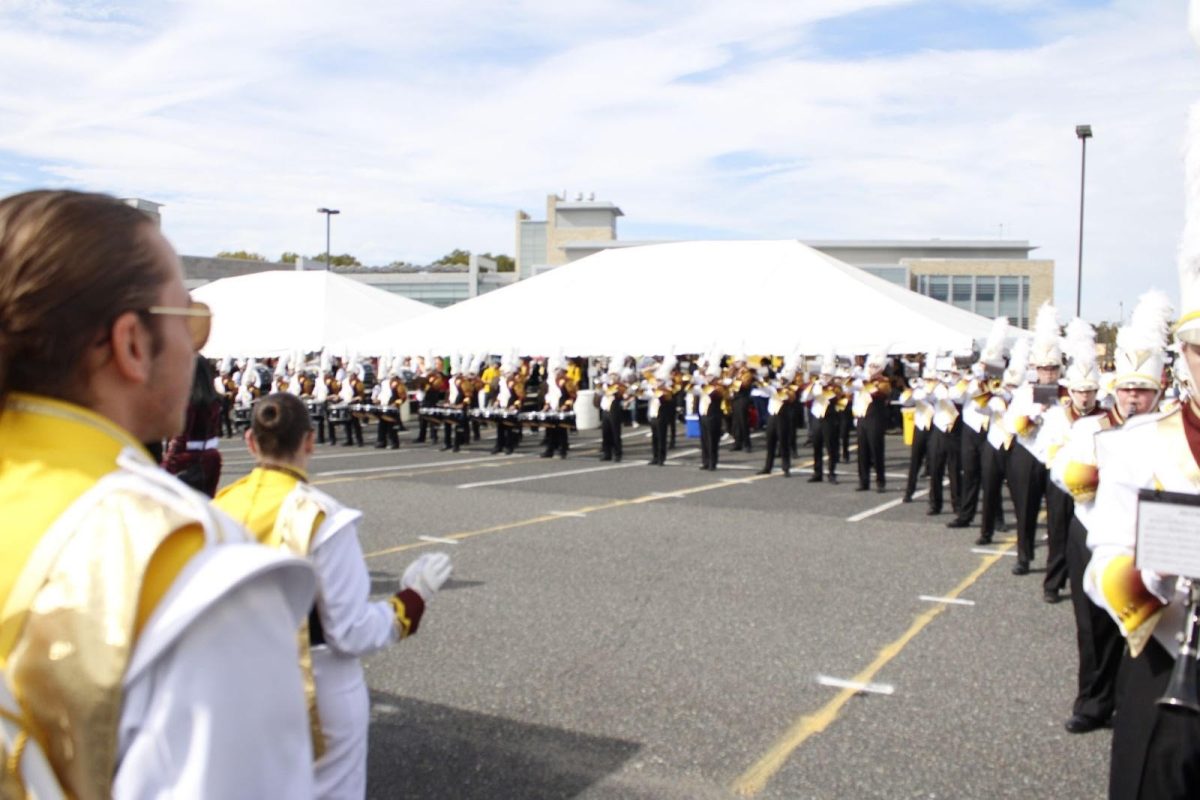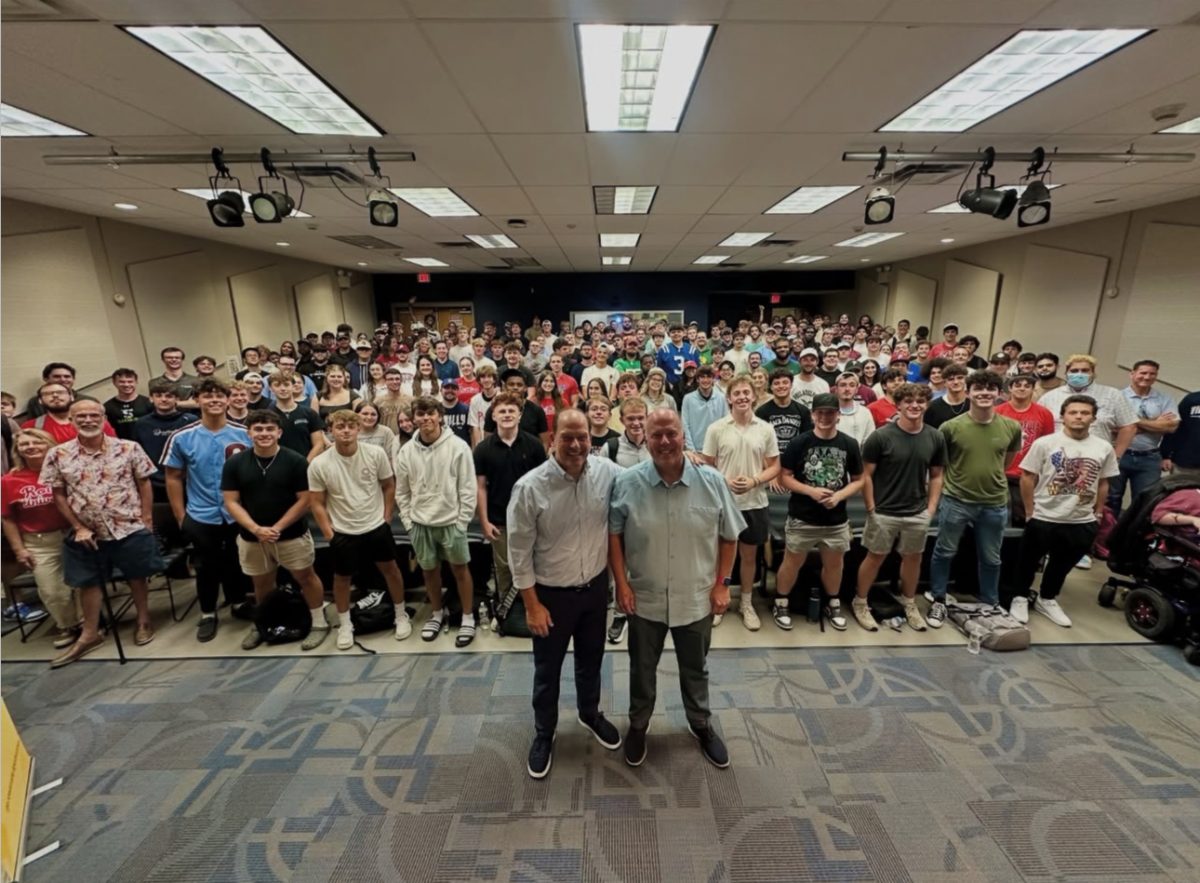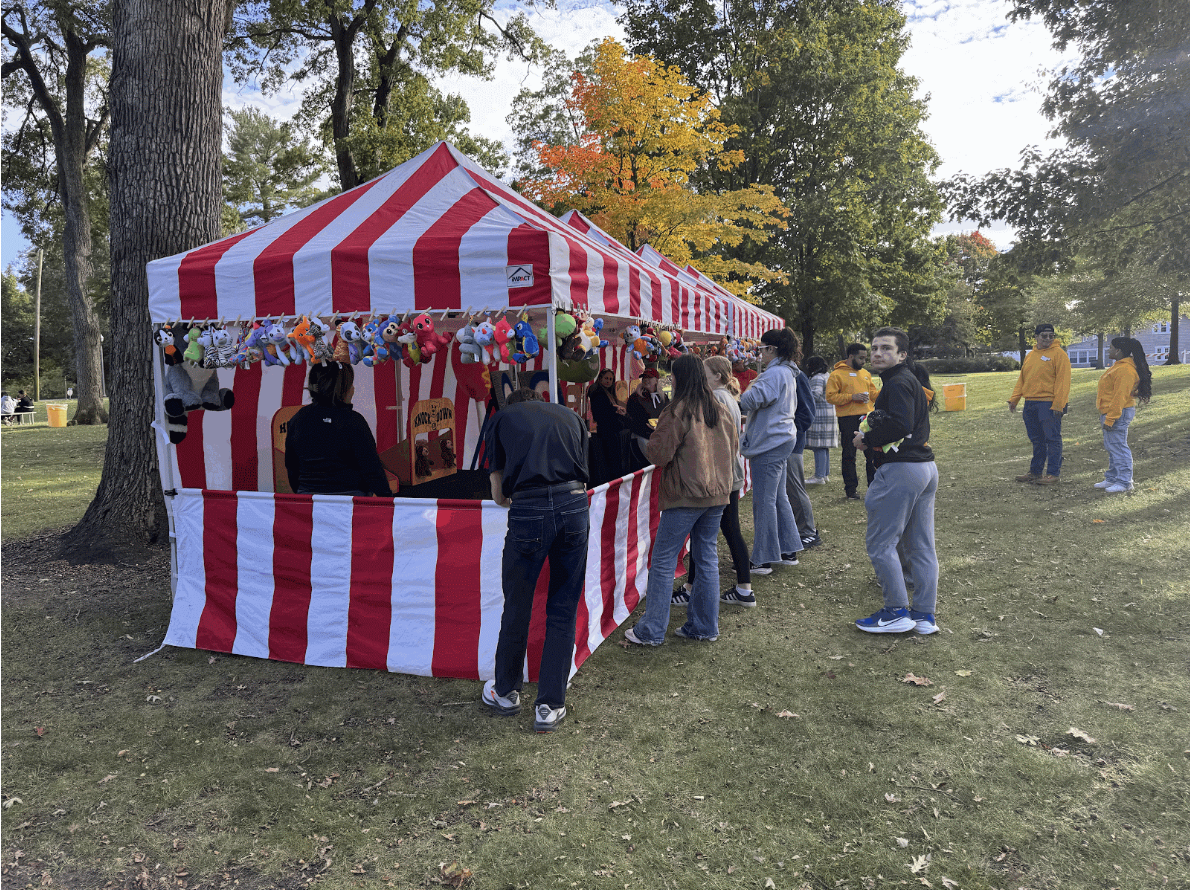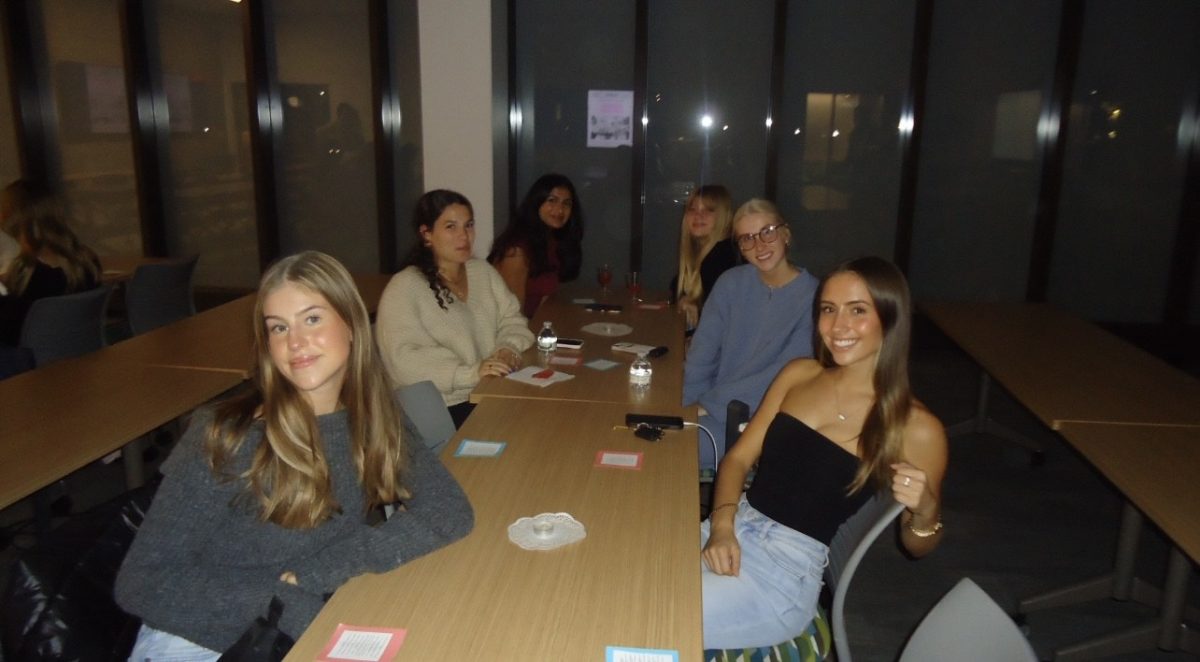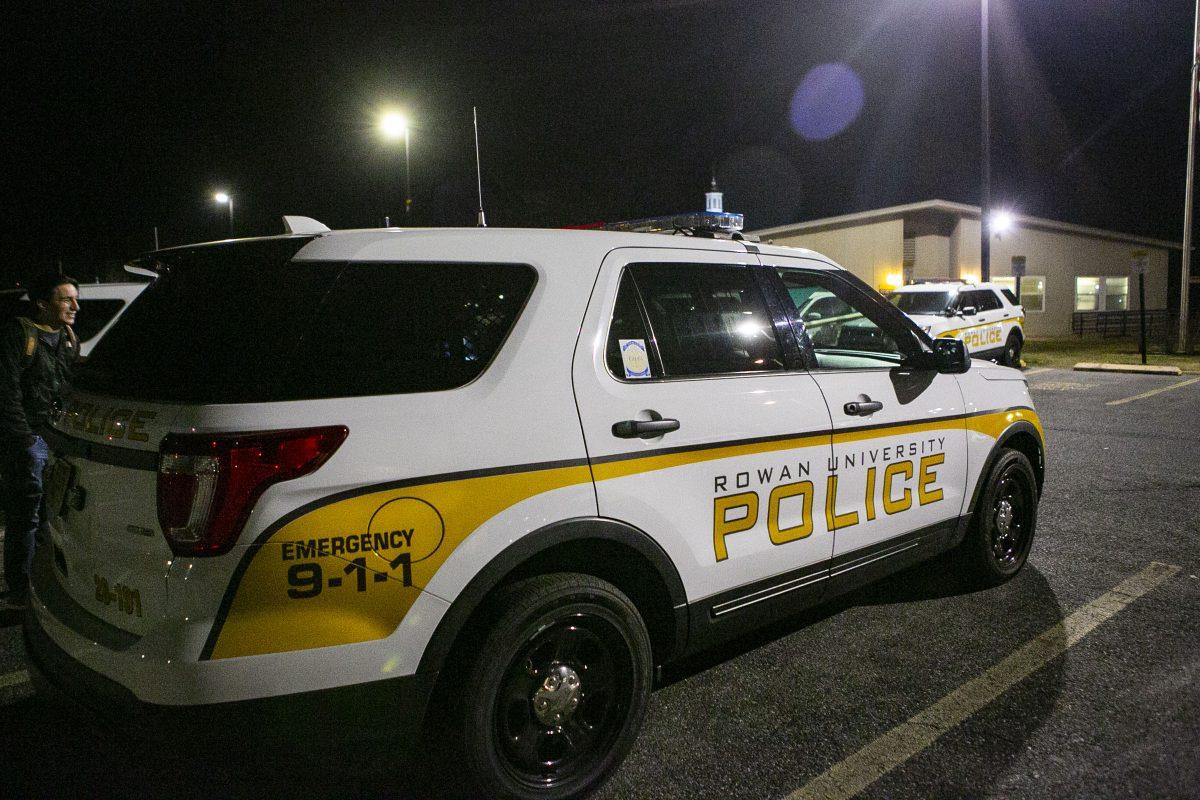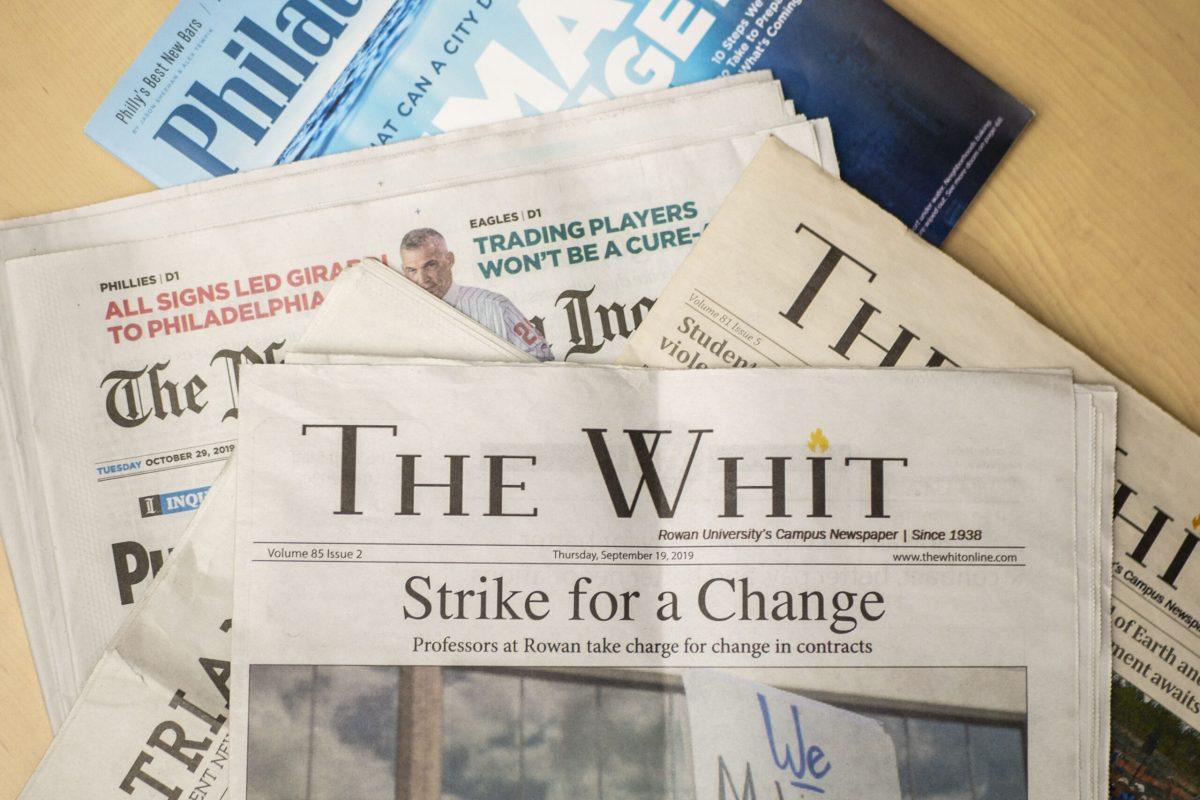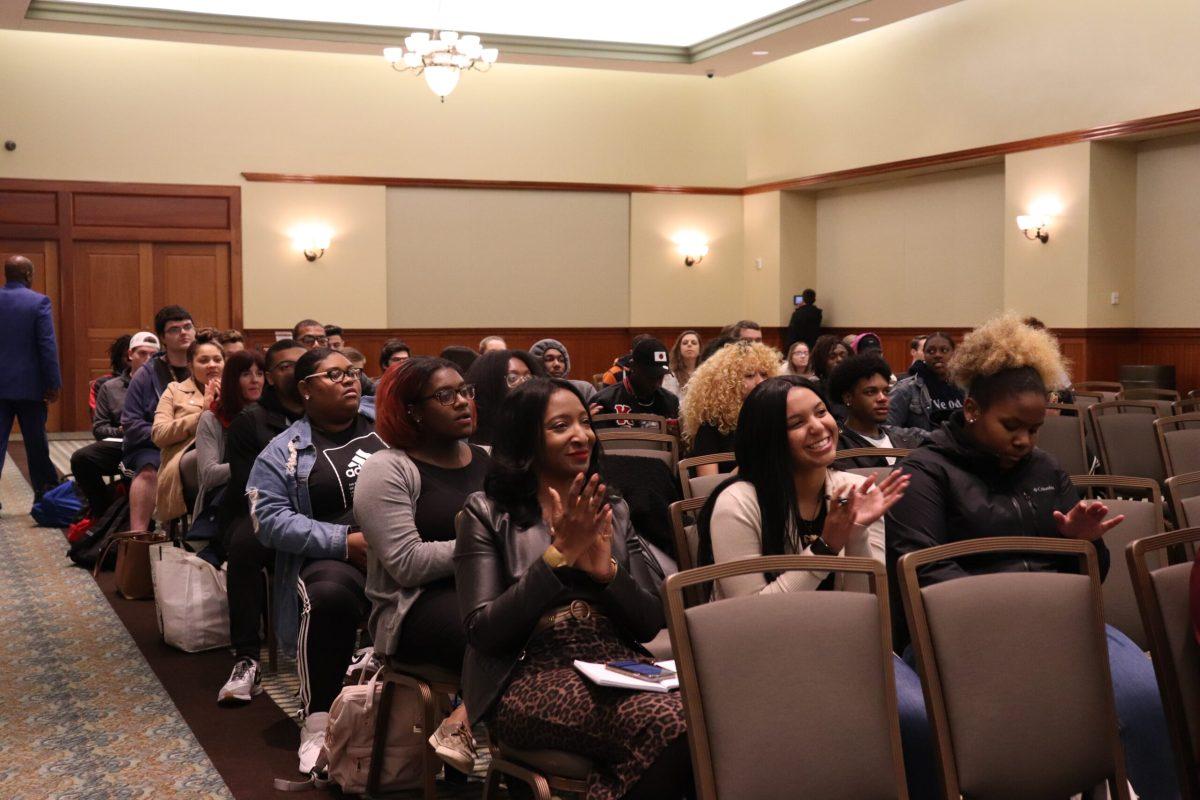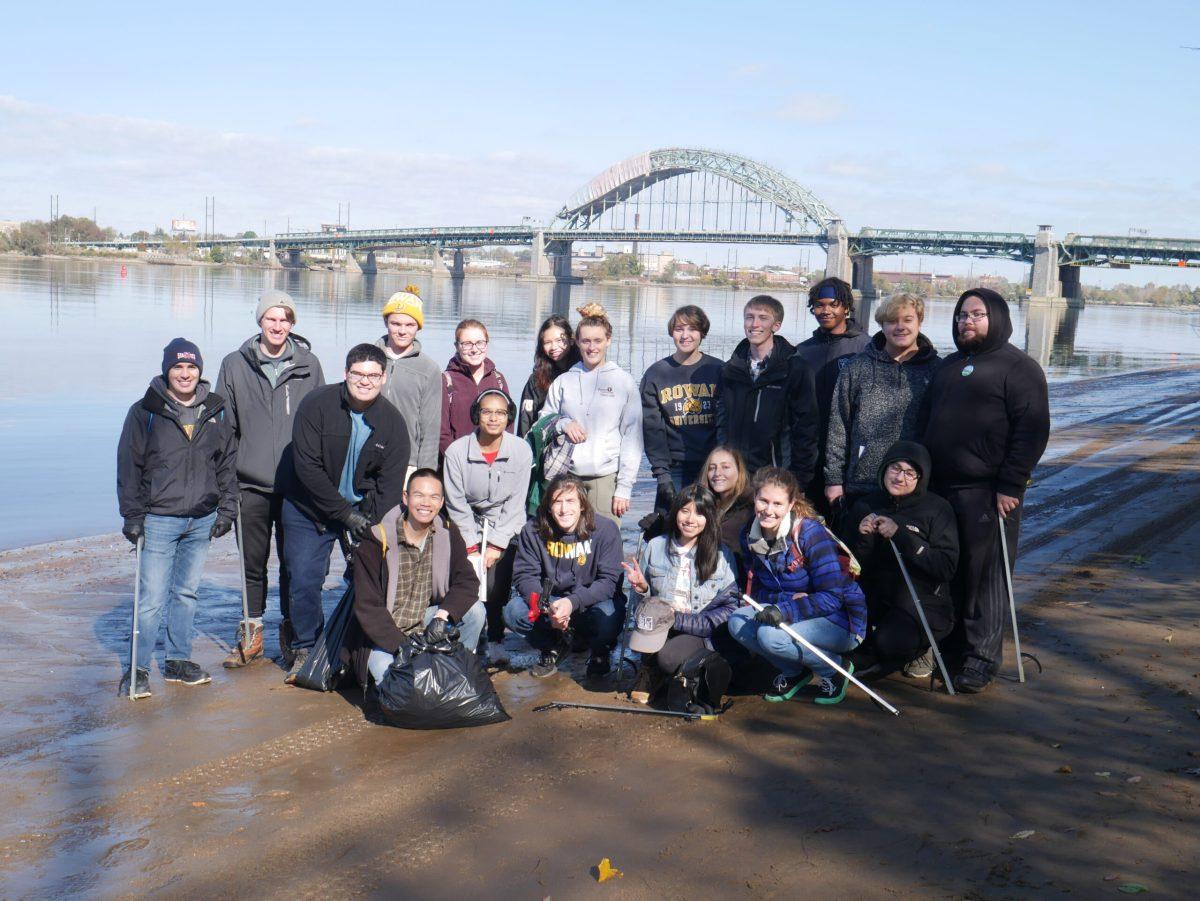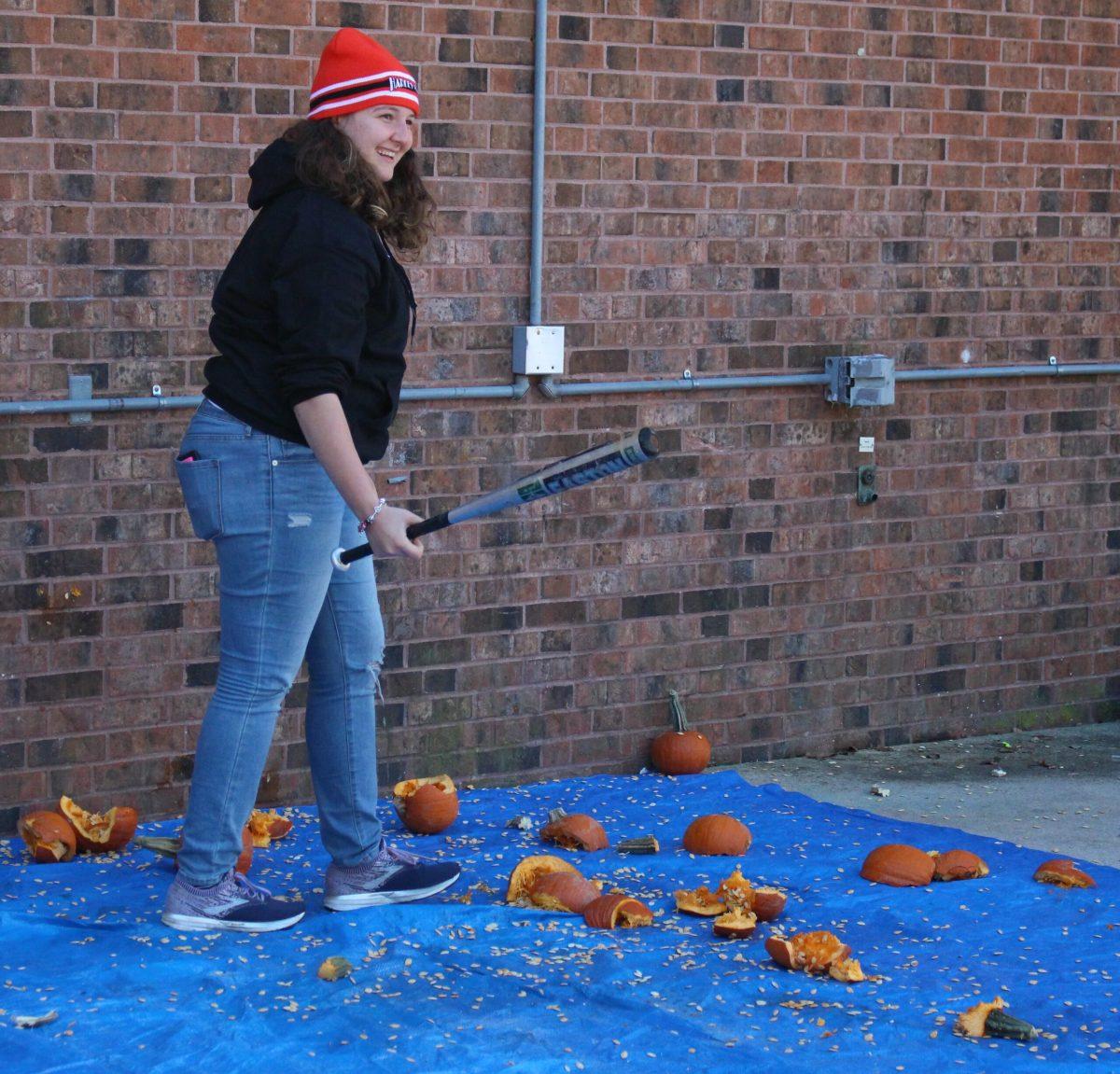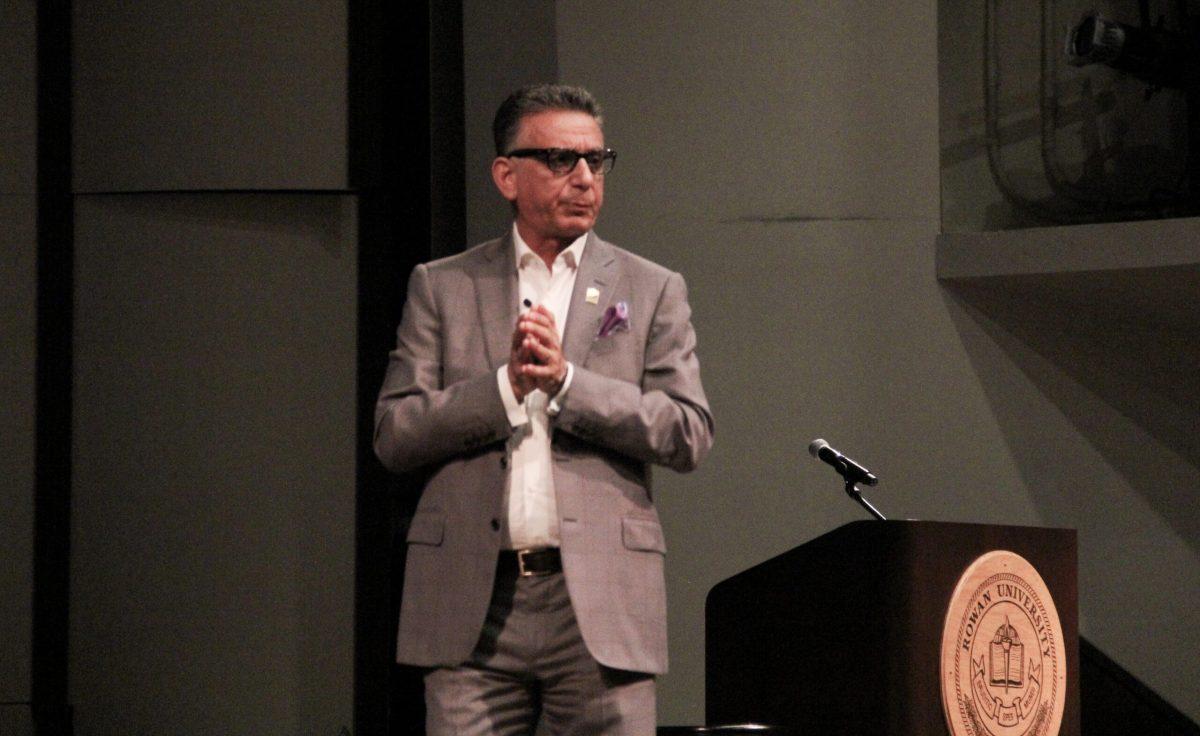Rowan’s growing pains are intense for the university’s dumpsters.
With the increase of the student population, Rowan is trying to keep up with the waste being produced by planning with Waste Management (WM), the contractor that takes away the school’s garbage. However, the more students there are on campus, the less recyclables are sorted properly.
“We’re going through growing pains with a lot of our trash now, only because of the increase of students,” said Senior Safety Inspector Mark Woerner, who oversees recyclables as well as hazardous and bio waste.
Gloucester County’s recycling rate, at 42 percent, is higher than the national average of 34 percent. Rowan falls below the country and the county with 31 percent recycled last year, according to an annual report.
That rate fluctuated throughout last year. In May, it peaked at 48 percent. It remained at nearly 40 percent the remainder of the summer. Even in March, the month of spring break, the rate was as high as 41 percent.
When the school year resumed this past fall, the rate dropped significantly. In November and December 2016, the months when national waste production is highest annually, it was below 20 percent.
Even when Rowan’s population multiplies, the recycling rate would be constant if recyclables weren’t being thrown in the trash. The fact that the rate dropped so significantly during the school year indicates that Rowan students and staff are not sorting properly, and it may simply be because they don’t know how.

What happens to Rowan’s garbage?
In Rowan’s residential, educational and administrative buildings, clear trash bags and blue recycling bags are collected and carted by groundskeepers to their respective dumpsters.
WM picks up Rowan’s trash and recyclables. Garbage is taken to the Wheelabrator waste-to-energy plant in Westville, where it is burned to create electricity to power 12,000 homes, according to WM Community Relations Coordinator John Hambrose. Precious metals are extracted and recycled.
Single-stream recyclables are taken to Omni Recycling in Pitman, where they are sorted and sold to companies that process the materials for reuse, Hambrose said. The buyers change based on who offers the best price, and can be as far away as China.
Construction waste is sorted by LEED contractors, according to Woerner, who are part of a government program that helps to reduce construction waste by separating recyclable materials like plywood and metal.
E-waste – technological waste like computers – is picked up by a licensed contractor who is required to dispose of it at a regulated facility. Last year, Rowan produced 80,000 pounds of e-waste, according to Woerner.
As people and businesses upgrade to the latest models of computers, printers, phones and other technology, old electronics are thrown out, causing a worldwide surplus that Woerner described as an “epidemic.”
“Everything is throw-away now,” he said.
Universal waste like batteries and light bulbs are collected from black bins around the university. There are about 15 bins on campus, mostly in the engineering and science buildings, where people can drop off these items.
Rowan adopted some sustainable disposal practices. Yard waste goes to Smith Orchards in Sewell to be ground up into mulch, Woerner said. On student move-out days, collection bins are set up for used clothing as a way to offset the amount of textile waste when students are cleaning out their dorms.
Food waste used to be taken to a local hog farm to be used as food for the hogs, but since that farm closed, there is nowhere feasible to take it. Rowan is hoping to find another farm that can use it, Woerner said.
Sorting it out
Although Rowan promotes sustainable practices, nothing is enforced when waste is sorted improperly.
In classrooms with computers, only recycling containers are provided because facilities wants to discourage snacking near expensive technology.
“You’re not supposed to eat in classrooms, therefore you shouldn’t have food waste in there,” Woerner said, adding that trashcans are present in common areas outside of classrooms.
However, the lack of trashcans doesn’t seem to stop students from eating. Wrappers and food waste line most of these recycling bins.
Recycling bins are absent in the Student Center Pit, the new business building and the park behind Bunce, all central campus locations. The trashcans in these areas are contaminated with recyclables like plastic bottles, food containers, aluminum cans and cardboard.
Rowan’s contract with WM allows it a contamination cap of about seven percent, according to Woerner. If the school’s outgoing recyclables are mixed with more than seven percent garbage – and vice versa – WM can send it back, forcing facilities to sort it by hand and pay for the cost of transportation. In Woerner’s six years of working in facilities, that happened only once. It is unclear if WM has failed to enforce this rule.
Outside of many new buildings, matching black metal cans only have white lettering to offer distinction between trash and recyclables. Both have contamination.
“With the new bins, it’s really hard to tell the trash and recycling receptacles apart,” said Patricia Hurley of Rowan Environmental Action League (REAL). In an effort to work with facilities, Hurley suggested using color to distinguish the recycling containers, since most of the recycling bins in classrooms are blue.

Contamination on campus causes problems beyond the university. WM’s sorting equipment is frequently jammed up by trash that was, at one point, improperly thrown into recycling bins: wrappers, plastic bags, even propane tanks and vacuum cleaners, according to Hambrose.
When pizza boxes and other greasy cardboard get mixed in with clean cardboard, it can taint the whole bundle, landing it all in the trash. Contamination like this contributes to a quarter of the recycling stream being wasted.
Hambrose suggested that Rowan use stickers and posters that remind people to sort, while acknowledging that additional containers would require Rowan to reconsider its current waste collection plan.
“The whole industry is having a problem with contamination,” Hambrose said. “If students at Rowan put less of the wrong things in recycling containers, that’s going to be better for everybody because the material is going to recycle better.”
Click here for a guide of what can be recycled, and how to recycle it.
For comments/questions about this story, email [email protected] or tweet @TheWhitOnline.



